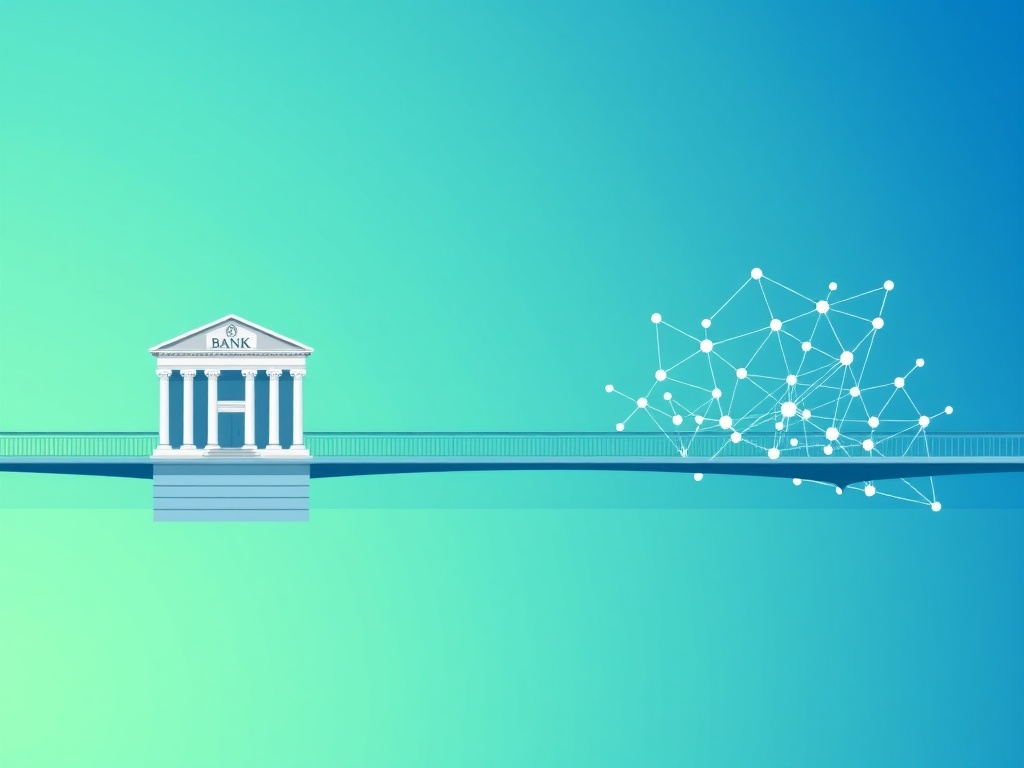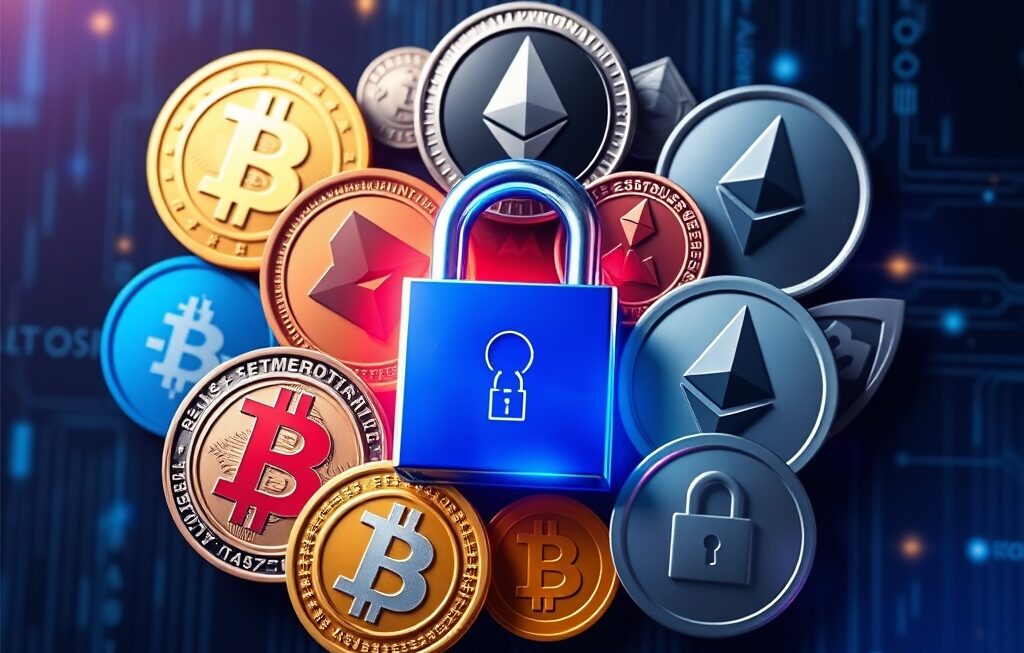Cryptocurrency has evolved far beyond the experimental phase. While Bitcoin introduced the idea of decentralized money, it also brought one major challenge: volatility. For traditional financial institutions and everyday users, price swings make most cryptocurrencies impractical for payments or savings. That’s where stablecoins come in.
In recent years, stablecoins have emerged as one of the most important innovations in the crypto ecosystem, acting as a bridge between traditional finance and decentralized finance (DeFi). They combine the speed and transparency of blockchain with the reliability of fiat currencies. But how exactly are stablecoins transforming the global financial landscape?
Understanding Stablecoins
Stablecoins are digital currencies designed to maintain a stable value, typically pegged to an external asset such as the U.S. dollar, euro, or gold. This stability makes them useful for payments, trading, and savings — unlike highly volatile cryptocurrencies like Bitcoin or Ethereum.
There are several types of stablecoins, each with its own mechanism for maintaining price stability:
- Fiat-collateralized stablecoins: Backed 1:1 by fiat currency reserves (e.g., USDC, USDT).
- Crypto-collateralized stablecoins: Secured by other cryptocurrencies (e.g., DAI by MakerDAO).
- Algorithmic stablecoins: Use algorithms and smart contracts to adjust supply and demand automatically (e.g., FRAX).
By combining blockchain technology with traditional financial backing, stablecoins bring the best of both worlds.
The Link Between Stablecoins and Traditional Finance
Traditional finance, or “TradFi,” relies on centralized systems — banks, credit institutions, and payment processors — to move money around the world. DeFi, on the other hand, uses blockchain to provide open, transparent, and permissionless access to financial services.
Stablecoins act as a gateway between these two systems. They make it possible for individuals, businesses, and institutions to move money seamlessly between fiat currencies and digital assets without relying entirely on banks or payment networks.
Practical Applications in Traditional Finance
- Cross-Border Payments: Stablecoins dramatically reduce transaction fees and settlement times compared to wire transfers or SWIFT.
- Corporate Treasury Management: Companies can use stablecoins to hold liquidity and manage cash flow efficiently, bypassing traditional intermediaries.
- Hedging Against Inflation: In emerging economies, people use stablecoins as a more stable alternative to local currencies.
- On- and Off-Ramps for Crypto: Stablecoins serve as entry and exit points between fiat money and cryptocurrencies, making them a key part of centralized exchanges (CEXs) and DeFi platforms alike.
Why Stablecoins Are Essential for DeFi
The decentralized finance ecosystem thrives on the principles of transparency, accessibility, and innovation. However, it needs stable assets to function efficiently. Volatile tokens make it difficult to lend, borrow, or trade safely.
Stablecoins solve this issue by providing a unit of account that retains its value. They are used across DeFi applications such as:
- Lending platforms (e.g., Aave, Compound) for borrowing and earning interest.
- Decentralized exchanges (DEXs) (e.g., Uniswap) as trading pairs for other crypto assets.
- Liquidity pools to stabilize yield farming strategies.
- Stable yield protocols that offer predictable returns.
Without stablecoins, DeFi would lack the stability needed for sustainable growth.
Stablecoins as a Tool for Financial Inclusion
One of the most transformative aspects of stablecoins and traditional finance integration is their potential to expand financial inclusion. Millions of people around the world remain unbanked or underbanked, often because of high fees or lack of access to financial institutions.
Stablecoins eliminate many of these barriers. With just a smartphone and internet connection, users can send, receive, and save money securely without intermediaries.
In countries facing hyperinflation — such as Venezuela or Argentina — stablecoins have become a lifeline for preserving value. Users often convert their earnings into USD-backed stablecoins like USDT or USDC to avoid rapid currency devaluation.
Major Stablecoins Bridging the Gap
Several key players have emerged as global leaders in the stablecoin market:
- USDT (Tether): The oldest and most widely used stablecoin, with strong integration across centralized exchanges.
- USDC (USD Coin): Issued by Circle and Coinbase, USDC offers transparency through regular audits and is widely trusted by institutions.
- DAI: A decentralized stablecoin governed by MakerDAO, backed by crypto collateral rather than fiat reserves.
- BUSD: Backed by Binance, designed for seamless use within both centralized and decentralized systems.
Each of these stablecoins plays a vital role in connecting blockchain ecosystems with traditional financial infrastructure.
How Stablecoins Are Changing Payment Systems
Stablecoins are beginning to disrupt the global payments industry by offering faster and cheaper transactions than traditional banking systems. For example, while a typical international transfer may take days and incur high fees, a stablecoin transaction can settle in seconds for a fraction of the cost.
Companies like Visa and Mastercard have already started exploring stablecoin integration for cross-border settlements. This signals a major step toward mainstream adoption and greater collaboration between stablecoins and traditional finance.
Institutional Adoption and Regulation
Stablecoins as the Future of Financial Integration: As stablecoins gain traction, regulators worldwide are taking notice. Governments and financial institutions are exploring ways to integrate these assets safely within existing frameworks.
The rise of Central Bank Digital Currencies (CBDCs) is also part of this conversation. Some analysts believe that stablecoins will coexist with CBDCs, serving as the private-sector counterpart to government-backed digital money.
In 2024, several major financial institutions, including PayPal and BlackRock, announced stablecoin-related initiatives — further solidifying their position in the global financial ecosystem.
However, with increased adoption comes the need for clear regulation. Authorities are focusing on transparency, reserve backing, and anti-money-laundering (AML) compliance to ensure consumer protection and systemic stability.
The Economic Impact of Stablecoins
Stablecoins not only make transactions easier but also impact the broader economy by enabling capital mobility and liquidity in markets. They act as a digital reserve currency within DeFi ecosystems, powering trading, lending, and remittance activities.
Moreover, they encourage innovation by providing developers and entrepreneurs with a stable foundation for building decentralized applications (dApps) without worrying about volatility.
Challenges Facing Stablecoins
Despite their advantages, stablecoins face several challenges that could shape their long-term future:
- Regulatory uncertainty: Different jurisdictions have inconsistent approaches, creating operational risk.
- Transparency issues: Not all stablecoins fully disclose their reserves, leading to concerns about solvency.
- Centralization risks: Fiat-backed stablecoins often rely on centralized issuers, which contradicts the decentralized ethos of blockchain.
- Dependence on external assets: Pegging to fiat currency exposes stablecoins to traditional economic fluctuations.
Overcoming these challenges will be essential for sustainable integration between stablecoins and traditional finance.
The Future of Stablecoins in Global Finance
The long-term outlook for stablecoins is incredibly promising. As blockchain technology continues to mature, stablecoins are likely to become an integral part of everyday transactions, investment portfolios, and institutional finance.
We can expect to see: Stablecoins as the Future of Financial Integration
- More interoperability between stablecoins and payment systems.
- Stronger regulation ensuring transparency and consumer trust.
- Integration with CBDCs for seamless digital asset exchange.
- Expansion of DeFi use cases supported by scalable, reliable stablecoins.
Ultimately, stablecoins are laying the foundation for a new financial era — one where the boundaries between traditional finance and decentralized systems blur into a unified global economy.

In Summary: Stablecoins as the Future of Financial Integration
Stablecoins and traditional finance are no longer competing worlds — they are rapidly merging. Stablecoins provide the stability traditional finance demands and the innovation DeFi thrives on.
By enabling instant global transfers, expanding financial access, and bridging regulatory and technological gaps, stablecoins are redefining what it means to move, store, and grow money.
As governments, institutions, and individuals embrace this transformation, one thing becomes clear: stablecoins are not just a bridge — they are the foundation of a more inclusive, efficient, and connected global financial system.



